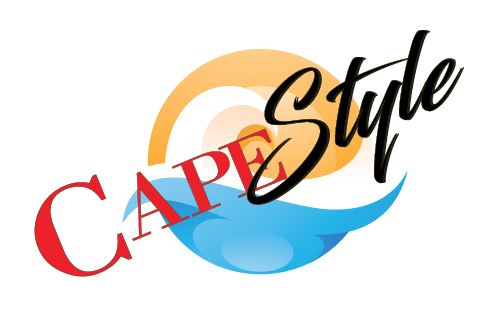When you leave a job – whether due to layoff or any other reason – you are often faced with a decision about your 401(k) or other retirement plans. Over time, you may be in the same position as many other employees who have accumulated substantial balances in these employer plans that are designed for tax-advantaged retirement savings.
If so, you may find yourself having to make a decision about whether to keep your 401(k) funds with your former employer, roll them over to an IRA, or pay the taxes and cash out.
For this reason, it is important that you understand the implications of each option.
Some employers offer the opportunity to maintain your retirement account at your former company. On the other hand, by rolling over your funds to an IRA, you can maintain control, manage the funds any way you want, and remain subject to IRA rules alone rather than the limited investment selection – and perhaps restrictive distribution policies – of your former employer. Note, however, that while you are permitted to take loans from your 401(k) plan, this is not possible in an IRA. And depending on the investments used to fund the IRA, charges and expenses could be higher or lower than those you would incur inside your 401(k) plan.
At your direction, your employer can transfer your distribution directly to another qualified plan or to a rollover IRA. A rollover occurs when you withdraw cash or other assets from one eligible retirement plan and contribute all or part of it within 60 days to another eligible retirement plan. Under this option, you would direct your plan administrator to make a direct and tax-free transfer of funds from your former employer’s plan to a rollover IRA at a financial institution of your choice. That way, you maintain the tax-deferred status of your retirement account, consolidate all retirement accounts for easier management, and benefit from increased investment flexibility.
When you roll over a retirement plan distribution, you generally don’t have to pay tax on it until later when you take cash withdrawals. By rolling over, your funds have the potential to continue to grow tax-deferred.
Job changers should resist the temptation to spend down their retirement savings, whether they are moving to a new job or plan a hiatus from work. When you fail to roll over, you not only pay tax on the amount you receive, but you may, if you are under age 59-1/2, be subject to an additional 10% penalty on the early distribution you receive. Sound financial planning dictates that you would draw on other funds first, leaving retirement plan spending as a last resort.
When considering rolling over assets from an employer plan to an IRA, factors that should be considered and compared between the employer plan and the IRA include fees and expenses, services offered, investment options, when penalty free withdrawals are available, treatment of employer stock, when required minimum distribution begins and protection of assets from creditors & bankruptcy. Investing and maintaining assets in an IRA will generally involve higher costs than those associated with employer-sponsored retirement plans. You should consult with the plan administrator and a professional tax advisor before making any decisions regarding your retirement assets.
Investments in securities and insurance products are: NOT FDIC-INSURED/NOT BANK-GUARANTEED/MAY LOSE VALUE
Wells Fargo Advisors, LLC, Member SIPC, is a registered broker-dealer and a separate non-bank affiliate of Wells Fargo & Company. 1115-03519
This article was written by Wells Fargo Advisors and provided courtesy of Alfred C. Rich Financial Advisor in Fort Myers at 239479-7979



